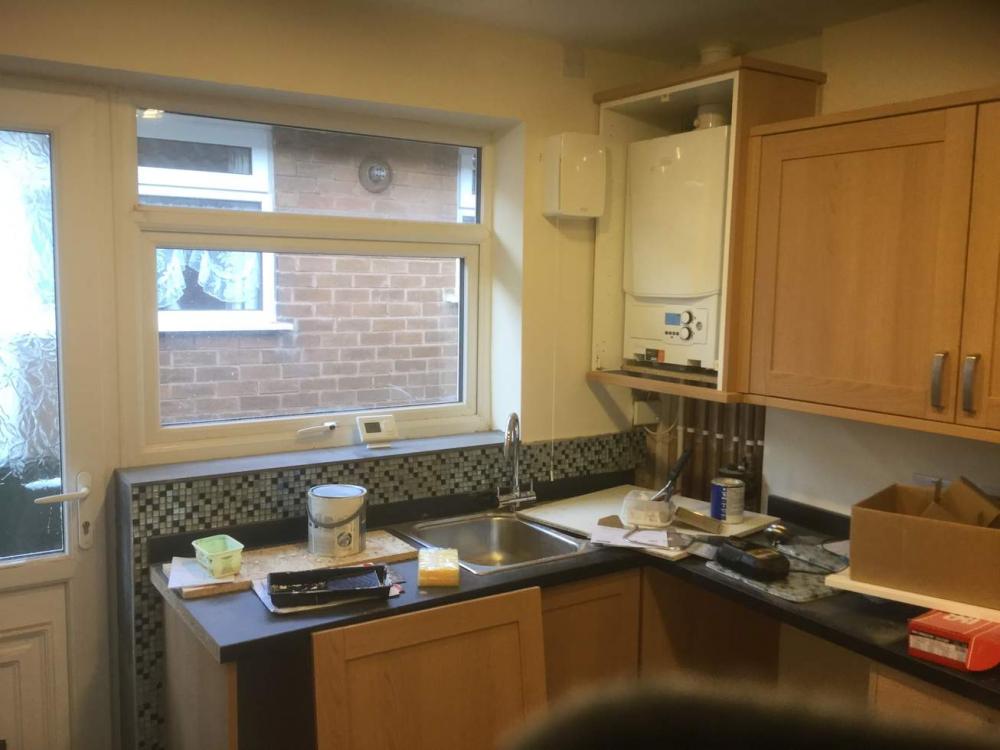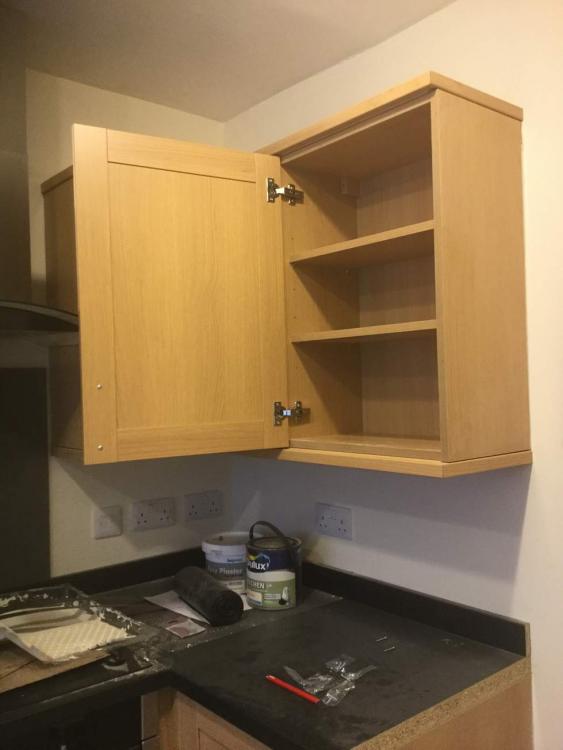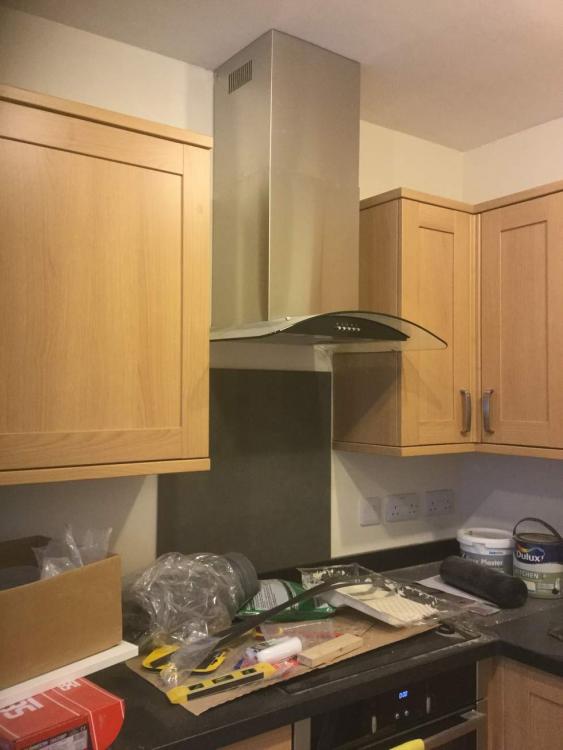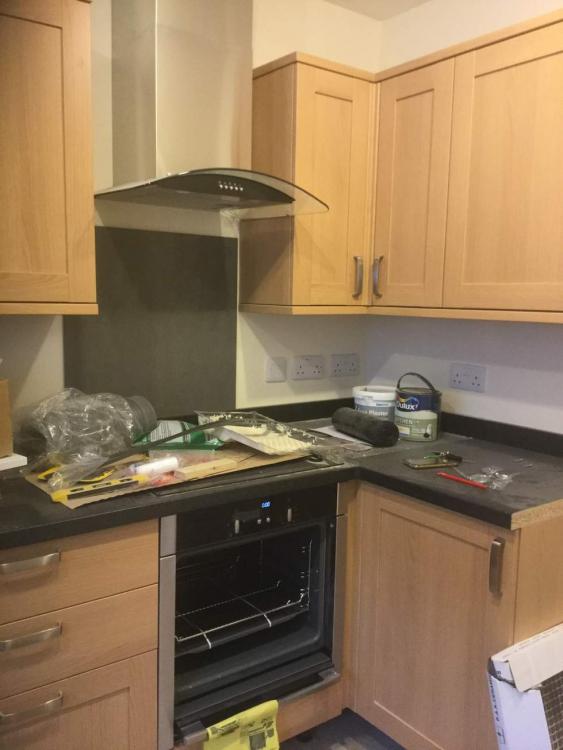Leaderboard
Popular Content
Showing content with the highest reputation on 12/13/17 in all areas
-
I have Tenants who have had White Knight. The experience seems to be that they are inexpensive to buy but not so inexpensive to run. That was some time ago, though. Appliance World let you filter your appliance search by exact width. HEre is one for freezers 540mm to 560mm wide. 45 models, which you could buy elsewhere. http://www.appliance-world.co.uk/freezers?perpage=36&sort=na&price_slider=£159+-+£4345&opt[]=23_4815&opt[]=23_5387&opt[]=23_4183&opt[]=23_5487&opt[]=23_5390&opt[]=23_4401&opt[]=23_5236&opt[]=23_4190 F1 point
-
1 point
-
1 point
-
Sometime officialdom bureaucracy just makes you feel like you are banging your head against a brick wall.1 point
-
1 point
-
1 point
-
Sand the walls briefly with 40 grit paper. Buy this and water it down 50/50. Give it a good brushing and leave it soak in for an hour. You'll see the first coat soaking into to wall and the second coat will just reseal the first coat and shouldn't look like it's soaking in any more. After an hour or two it'll be dry and should be slightly tacky, which is then ready to tile .1 point
-
We are in the process of carrying stuff into the new house (which is next door to our old one) because we are vacating the old one next week. I thought that the temperature in the new house was dropping a bit and I put it down to the fact that we were constantly opening doors to walk furniture and other contents in. So in the end I checked and the slab had definitely dropped a couple of degrees in temperature. What was going on? It was then that I realised that I have made a boo-boo and the heating hadn't been on for over 2 days!! Well insulated houses stay warm for a long time without being heated.1 point
-
Looking carefully at the manifold, it seems that the right-most loop is always on, as it has no actuator, but is fitted with a cap to hold the valve open, so it is acting as the bypass.1 point
-
1 point
-
How about http://excelcalculations.blogspot.co.uk/2012/12/heat-loss-from-insulated-pipe.html.1 point
-
My immediate thought is to use 10mm runs for all of the low flow runs -- the hand basins and toilets, and only use 15 for the baths and showers, and keep the manifolds central. Route the 15s first, then the 10s and it doesn't really matter that much if you have to take a slightly roundabout route for the 10s because they have a third of the cross section of the 15s, so even if the run is twice long, there is still less dead water in the pipe runs. The alternative is as @Nickfromwales says and to use an HRC, but in this case you will get heat losses because of the standing water at 43 °C or whatever in the main 22mm even if insulated as it will be radiating 24hrs a day. One to do the sums on, I think. I defer totally to Nick on matters plumbing, but it's the potential heat losses that I would check.1 point
-
Also, if easier, with the HRC you could just run a 15mm hot to the kitchen and utility direct from the UVC and run a 10mm HRC back to the UVC for absolutely instant hot water there. No need to manifold those tbh, as a ballofix isolation valve in the kitchen unit will suffice. Note : You'll need a ballofix isolation valve on both the hot and the HRC at each point they converge for service and maintenance. Water will travel back down the HRC so just shutting the one isolation on, for eg the kitchen sink, would still see water coming out of the tap.1 point
-
@divorcingjack With the time constraints and lack of space to a) get services through, and b) keep a distance between the hot and cold feeds so the hots don't warm the colds, I think you'd be better off either dropping the manifold idea all together or doing the two remote manifolds, ( if you have sensible and accessible space to locate them adjacent to the rooms ). If you go 2x remote manifolds then don't forget to size them accordingly so you can take the kitchen and utility off the one closest. Either that, or as I'm not familiar with the layout of your house vs plant location etc, mount one larger manifold centrally to the two bathrooms / kitchen / utility. What I'd do, is then run a hot return circuit ( HRC ) between the UVC and the manifolds, with the HRC pumping through each manifold therefore keeping the entire manifold and the beginning of the connected pipework hot. This is achieved by connecting the HRC to the opposite end of the manifold to which the hot water arrives from the UVC, so basically your removing almost the entire dead leg of cold water, ( bar whatever is left in the now shorter final pipe runs from manifold to outlet ). The advantage here for you with that solution is only having to run one 22mm hot pipe from UVC to each manifold, and one 15mm or even 10mm HRC pipe back alongside it. The HRC can be 10mm without any problem whatsoever and it'll help too with being smaller as it really needs to be well insulated, as will the 22mm hot supply pipework, as when the HRC pump is running they'll be constantly hot and you want to reduce the losses as much as possible. If you insulate the HRC pipework well then the losses from running it will be negligible, but there are other measures to reduce that like putting occupancy switches in the bathrooms which only trigger the pump when the bathroom is occupied. I'm personally of the opinion that you'd be better off just running the pump when the house is occupied, as I don't see the appeal of having the slugs of static cold water in the dead legs of both bathrooms pumped back to the UVC to be reheated every time someone just has a pee and washes their hands being a good thing. You could argue that the cost of reheating that water would be similar to the losses from running the HRC constantly through the day. Maybe one of the resident uber mathematicians here could crunch the numbers on that, but if there is solar Pv in the picture then it's a no-brainer, just let it run from 06:00 to 23:00 or if your creatures of habit, with occupancy. Tbh, if I had my own to do, it would deffo be a cylinder, a HRC, and ( even without MCS ) I'd put at least 2-4 Pv panels on the roof to contribute towards any household daily background consumption, such as white goods / electronics and HRC etc. Just for clarity, what exactly are the distances between the UVC and the furthest hot outlet ? Maybe helpful to see this1 point
-
I'm sure @Nickfromwales will be along soon but in my experience...... the tile adhesive will soften the emulsion and you'll end up with a very poor bond. If they don't fall off you'll certainly be able to pull them off with a sideways glance ive also foud that scoring can make it even worse as you aid the moisture from adhesive getting in behind the emulsion. Plus the actual surface area of adehsive to plaster is going to be minimal. I guess the degree of issue will be partly dependent on size and weight of tile. A few tiles for a splash back probably won't cause huge concern but much else and I'd be finding a way to remove the paint. As @Onoff said sanding is an option and a belt sander with 40g will make light work of it.1 point
This leaderboard is set to London/GMT+01:00










